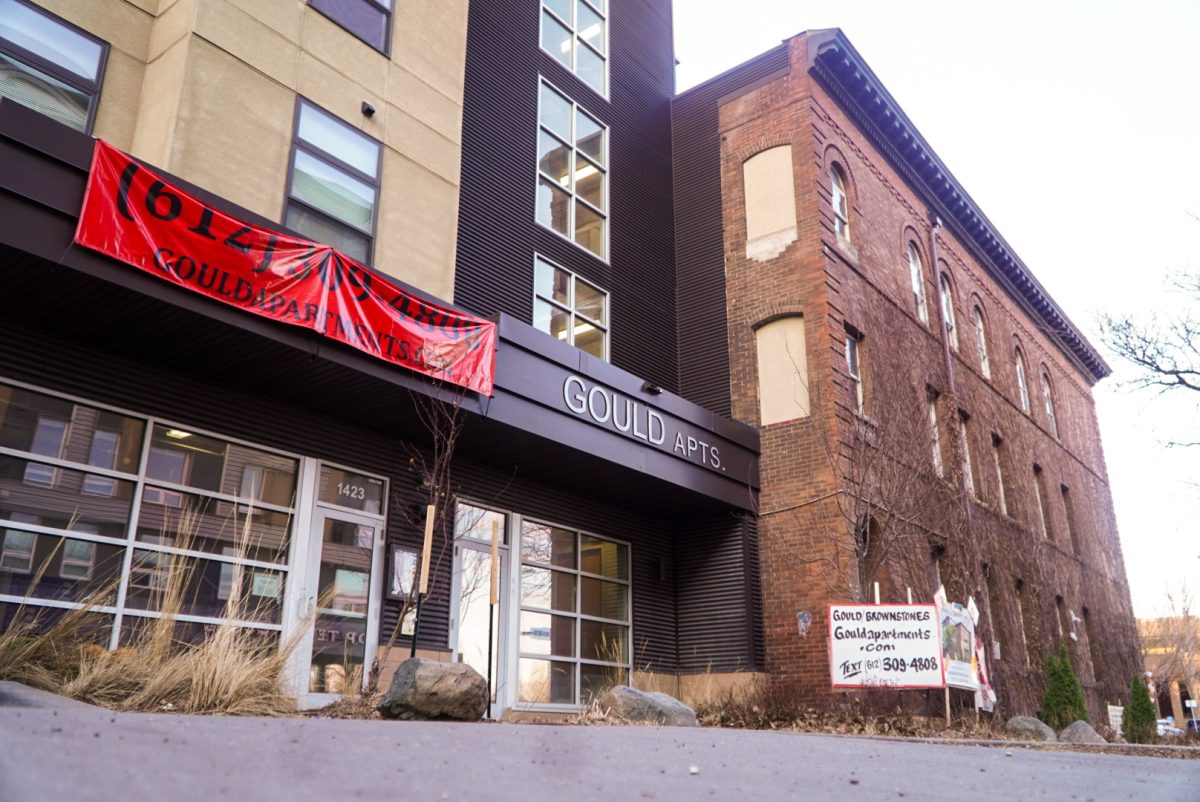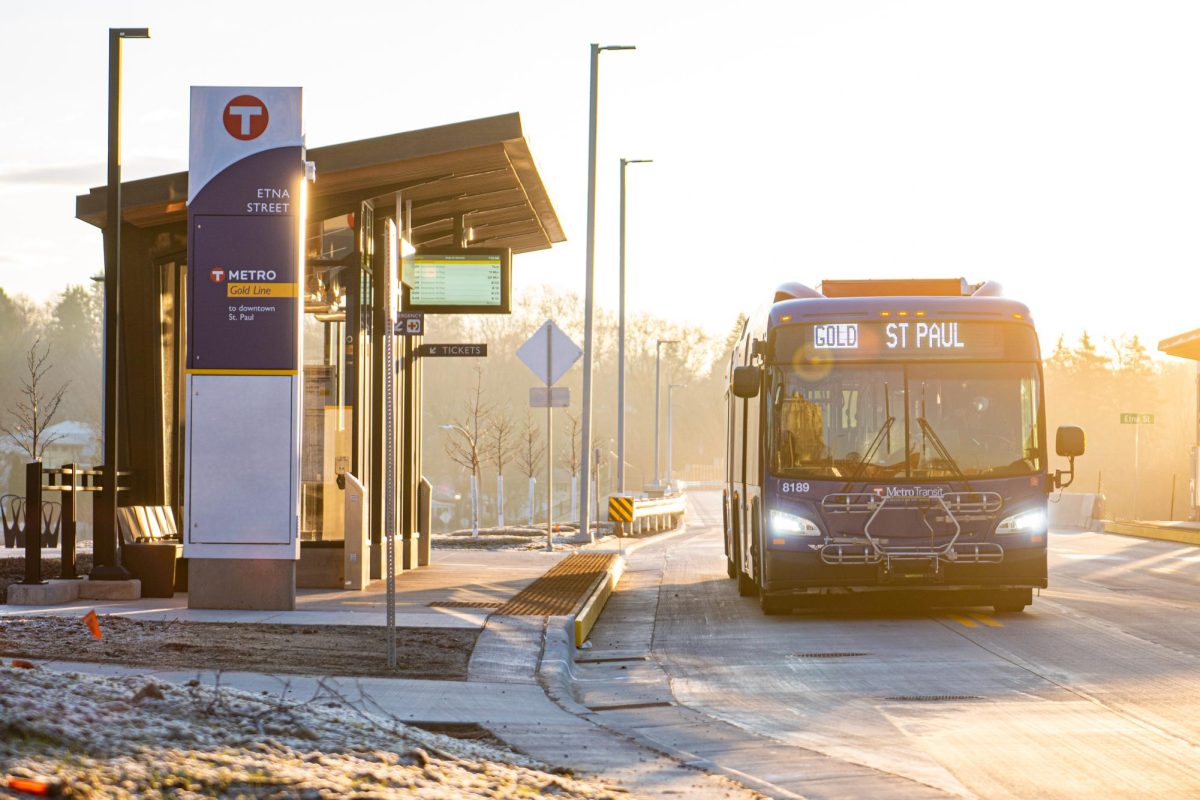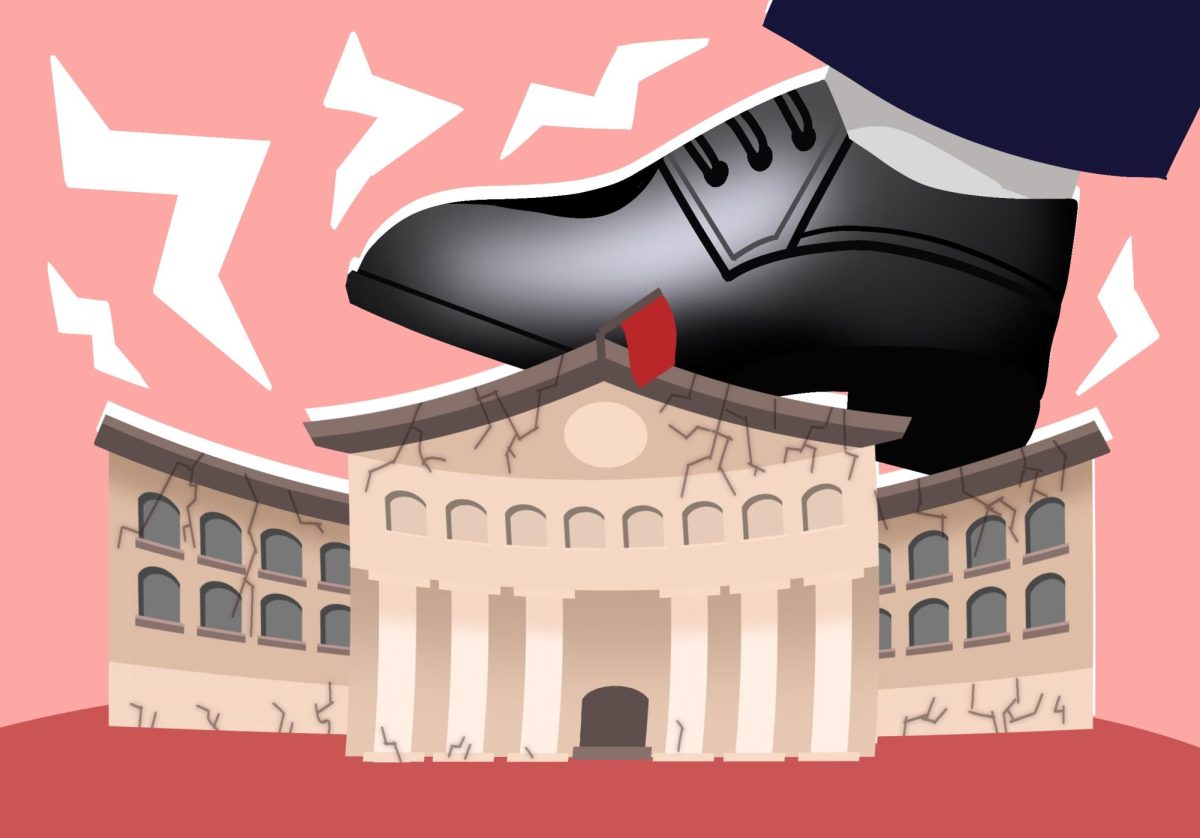A pedestrian safety study at the University of Minnesota is trying to improve how often drivers stop for pedestrians at crosswalks.
With 28 pedestrians killed in Minnesota so far in 2018, the HumanFIRST Laboratory within the Department of Mechanical Engineering aims to bring awareness to pedestrian injuries and fatalities through education, engineering and enforcement. Their project, which was overseen by the Minnesota Department of Transportation, will finish data collection this month on the percentage of cars that stopped when pedestrians used crosswalks.
The team collaborated with the St. Paul community, including the police department and public schools, to improve that percentage. One method involved advertising the yielding rate at crosswalks so drivers could see the weekly and record averages.
Another tactic was to put crossing signs in the crosswalks so drivers were made more aware of the stop. If drivers failed to stop for the crossing team, a St. Paul Police Department officer was on-site to issue warnings or tickets.
When the project began in the fall of 2017, drivers were stopping 32 percent of the time. By the end of the data collection this month, the yielding percentage for some of the treated streets reached as high as 77 percent.
“Our mission was to do this very structured program … to push drivers to start being more aware of the problem of pedestrian safety and be more mindful that they should stop for pedestrians — for safety and because it’s the law,” said Nichole Morris, the project’s principal investigator and director of HumanFIRST Lab.
Twice a week, the researchers went to 16 different St. Paul streets and crossed 20 times. Another researcher kept a tally of how many cars do and do not stop for the crossing team members. To make sure the crossings are standardized, the researchers used precise measurements to determine a set distance from the crosswalks.
“They definitely have enough time and space to stop,” Morris said. “We’re not trying to do something that’s unfair to drivers.”
While traffic deaths are decreasing, pedestrian fatalities nationwide are at a 20-year high, according to University project researcher Curtis Craig. Sixty pedestrians died in 2016, which is the state’s highest number of pedestrian deaths since 1991.
“Improving pedestrian safety is not only important to keep both pedestrians (including children) alive and well, but improved safety should lead to more a walk-able and therefore livable community,” he said in an email to the Minnesota Daily.
The reason pedestrian deaths are increasing is a bit of a mystery, said Michelle Pooler, a program administrator in the office of transit and active transportation at MnDoT.
“We know the where, what and who, but we don’t know the why,” she said.
It could be a mixture of people being more distracted, lower fuel costs leading to more people driving or even an improved economy, meaning more people are out walking and enjoying free time, she added.
Morris hopes the changes will stick, even when there is not active enforcement or treatment.
“The hope is that we have a tipping point where we pushed it up so high that this will self-sustain and become a part of the culture,” she said. “That’s the hope, but only more time and research will tell.”







